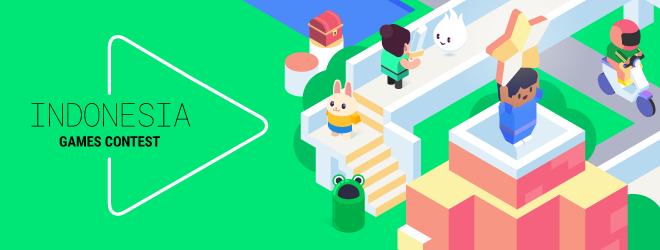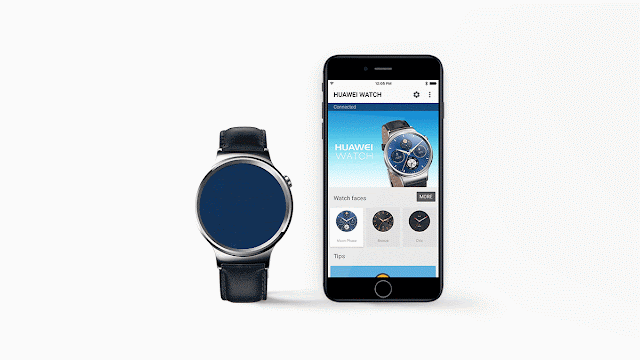Posted by Joel Newman & Ashraf Hassan, Strategic Partnerships, Finance, Google Play
Millions of people around the globe have limited or no access to basic financial services to enable them to manage their day-to-day finances. Mobile technology can help bridge this gap by connecting historically underserved consumers with high-quality tools to help them improve their financial health.
Often faced with an uncertain regulatory environment and/or a highly fragmented financial marketplace, many developers struggle with building great app experiences while also navigating this complex financial space. That's why we recently worked with CFSI, the authority on consumer financial health, to create the FinTech App Development Compass, a six-step guide for building high quality mobile apps to make financial services more accessible on Google Play.
Below, we're sharing six tips to consider when building a financial services app. For more, read the complete FinTech App Development Compass.
Tip 1: Know Your User
Understand who your consumer is and what difference your product can make in their day-to-day life. What are their financial needs? How can your product improve their financial health? How does your product fit within the context of their financial lives?
Tip 2: Focus on Access
Responsibly expand access to your product. Consider how your product can fit seamlessly into your users' routines. Consider your users' circumstances, including that English may not be their first language and that they may be using older devices with limited data plans.
Tip 3: Establish and Maintain Trust
Trust is at a premium in the financial space. Make sure you are developing mutually beneficial financial solutions that deliver clear and consistent value. Similarly, make sure you are using the latest security tools available from the Android platform to secure your users' data.
Tip 4: Test and Iterate
Before releasing any product to the public, make sure it has been thoroughly
tested. From a financial perspective, be sure to measure the actual impact of
your product on users over time. From a technological perspective, be sure to
leverage Google Play alpha and beta channels for distributing apps before their
public release.Millions of people around the globe have limited or no access to basic financial services to enable them to manage their day-to-day finances. Mobile technology can help bridge this gap by connecting historically underserved consumers with high-quality tools to help them improve their financial health.
Often faced with an uncertain regulatory environment and/or a highly fragmented financial marketplace, many developers struggle with building great app experiences while also navigating this complex financial space. That's why we recently worked with CFSI, the authority on consumer financial health, to create the FinTech App Development Compass, a six-step guide for building high quality mobile apps to make financial services more accessible on Google Play.
Below, we're sharing six tips to consider when building a financial services app. For more, read the complete FinTech App Development Compass.
Tip 1: Know Your User
Understand who your consumer is and what difference your product can make in their day-to-day life. What are their financial needs? How can your product improve their financial health? How does your product fit within the context of their financial lives?
Tip 2: Focus on Access
Responsibly expand access to your product. Consider how your product can fit seamlessly into your users' routines. Consider your users' circumstances, including that English may not be their first language and that they may be using older devices with limited data plans.
Tip 3: Establish and Maintain Trust
Trust is at a premium in the financial space. Make sure you are developing mutually beneficial financial solutions that deliver clear and consistent value. Similarly, make sure you are using the latest security tools available from the Android platform to secure your users' data.
Tip 4: Test and Iterate
Tip 5: Drive Positive User Behavior
Drive positive consumer behavior through smart design and communication. Leverage the Android platform tools like Material Design and notifications to steer users toward positive action or take financial action at appropriate times.
Tip 6: Recognize the Value of Mutual Success
Remember that the best business models are win-win: If your users' financial health improves, your company profits. Consider embedding financial impact and technological tracking capabilities within your platform from the beginning.
For additional information, refer to the CFSI Compass Principles and get the Playbook for Developers app to stay up-to-date with more features and best practices that will help you grow a successful business on Google Play.
How useful did you find this blogpost?











